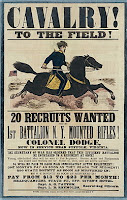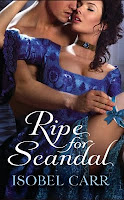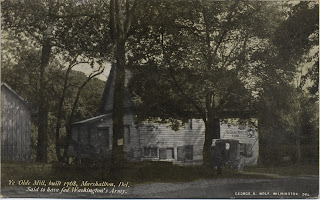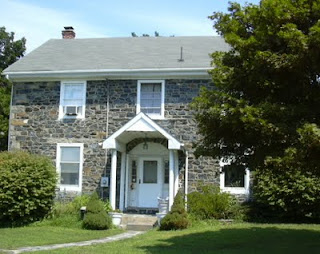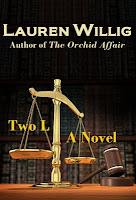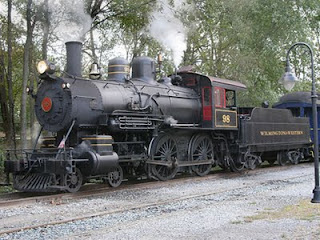New MCH Nostalgia Page
This is something I had been thinking of doing for quite some time, but now the time seems right. Spurred on by a few recent comments and some fascinating emails, I've decided to launch the MCH Nostalgia Forum . It's a stand-alone page on the blog here (accessible from the tabs above), designed to be an outlet for stories and memories of a more recent nature than are usually covered on the blog. Here is what I put as a lead-in to the page (because yes, I am that lazy): " Nostalgia is what you can remember. History is what your grandparents remember ." -- I don't know if any wise man ever said that, but someone should have. Obviously, the general scope of this blog is the older history of Mill Creek Hundred -- from the late 17th Century up until the early 20th Century. Of course, the region didn't stop then, though. There are many stories to be told from the last 75 years or so of the area's history, too. This page is an open forum for anyone wishing to sh

